Home>Gardening & Outdoor>Landscaping Ideas>How To Grow Grass Under A Tree
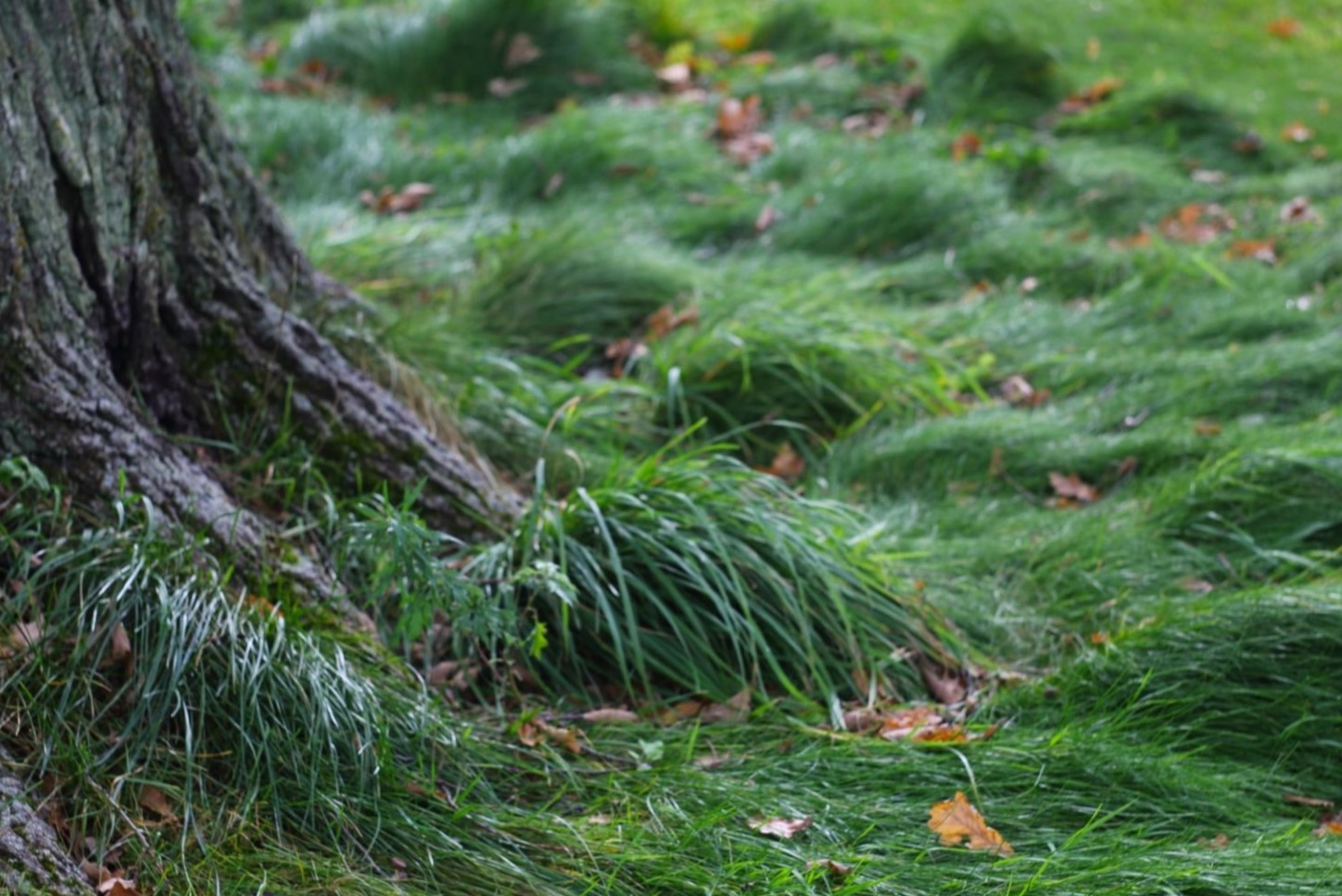

Landscaping Ideas
How To Grow Grass Under A Tree
Modified: February 18, 2024
Learn effective landscaping ideas for growing grass under a tree with our expert tips and techniques. Enhance your outdoor space with our proven strategies.
(Many of the links in this article redirect to a specific reviewed product. Your purchase of these products through affiliate links helps to generate commission for Storables.com, at no extra cost. Learn more)
Introduction
Welcome to the wonderful world of landscaping! One of the most common challenges that homeowners face when it comes to maintaining a lush, green lawn is growing grass under trees. While trees provide shade and aesthetic appeal to our outdoor spaces, they also create unique conditions that can make it difficult for grass to thrive. However, with the right approach and a little know-how, it’s absolutely possible to cultivate a healthy lawn under the canopy of your favorite tree.
In this comprehensive guide, we’ll explore the various factors that contribute to the difficulty of growing grass under trees and provide you with practical tips and techniques for overcoming these challenges. From selecting the right type of grass to preparing the soil and implementing proper maintenance practices, you’ll learn everything you need to know to transform that bare patch of dirt under your tree into a vibrant, green oasis.
So, roll up your sleeves, grab your gardening tools, and get ready to dive into the fascinating world of growing grass under trees!
Key Takeaways:
- Choose shade-tolerant grass varieties like fine fescue and tall fescue to thrive under trees. Consider drought-resistant, low-maintenance grass types for a resilient lawn in challenging conditions.
- Prepare the soil by removing debris, loosening compacted soil, adjusting pH, and adding organic matter. Plant grass carefully, water diligently, and provide ongoing care for a lush lawn under trees.
Read more: How To Grow Grass Under Pine Trees
Understanding the Challenges
Before delving into the specifics of growing grass under a tree, it’s essential to understand the unique challenges posed by this particular landscaping endeavor. Trees have a significant impact on the environment around them, creating conditions that can be less than ideal for grass growth. Here are some of the key challenges you’re likely to encounter:
- Shade: The most obvious challenge is the shade cast by the tree’s canopy. Grass typically requires ample sunlight to thrive, and the dense shade created by a tree can significantly limit the amount of light reaching the ground below.
- Competition for Water and Nutrients: Trees have extensive root systems that compete with grass for water, nutrients, and space. This competition can leave the soil beneath the tree dry and nutrient-depleted, making it difficult for grass to establish itself.
- Acidic Soil: Some tree species, such as pine and oak, can create acidic soil conditions as their fallen leaves decompose. Acidic soil can be detrimental to the health of many grass varieties, further complicating the task of growing grass under a tree.
- Physical Obstacles: In addition to the above challenges, the presence of tree roots near the soil surface can create physical obstacles that impede the growth of grass. These roots may also interfere with the effectiveness of lawn care equipment, such as mowers and aerators.
By recognizing and addressing these challenges, you can develop a strategic approach to growing grass under a tree that takes into account the unique environmental factors at play. In the following sections, we’ll explore the steps you can take to overcome these obstacles and create a thriving lawn in spite of the challenges presented by the presence of a tree.
Choosing the Right Grass
When it comes to growing grass under a tree, selecting the right type of grass is crucial to success. Not all grass varieties are well-suited to the unique conditions found in shaded areas with competing tree roots. Here are some factors to consider when choosing the right grass for this challenging environment:
- Shade Tolerance: Look for grass species and cultivars that are specifically bred for shade tolerance. These varieties are better equipped to thrive with limited sunlight and can withstand the challenges posed by a tree’s canopy.
- Drought Resistance: Given the competition for water from tree roots, it’s important to choose a grass variety with good drought resistance. This will help the grass withstand periods of limited moisture and establish itself despite the presence of thirsty tree roots.
- Soil Adaptability: Some grass species are more adaptable to different soil conditions, including acidic soil. Consider grass types that can thrive in the potentially acidic environment created by certain tree species.
- Low Maintenance Requirements: In a challenging growing environment, opting for a grass variety with low maintenance requirements can make your job easier. Look for grasses that are relatively low-maintenance and require minimal inputs to stay healthy.
Common grass species that are known for their shade tolerance include fine fescue, tall fescue, and certain varieties of Kentucky bluegrass. These grasses have been bred to thrive in shaded conditions and can be excellent choices for growing under trees.
Before making a final decision, it’s a good idea to consult with a local landscaping professional or nursery to determine which grass varieties are best suited to your specific climate and soil conditions. By choosing the right grass from the outset, you can set the stage for a successful lawn that can coexist with the trees in your yard.
Preparing the Soil
Creating an optimal growing environment for grass under a tree begins with preparing the soil to support healthy and robust grass growth. Here are the key steps to take when preparing the soil:
- Remove Debris: Start by clearing the area under the tree of any debris, such as fallen leaves, twigs, and branches. This will create a clean slate for the next steps and prevent these materials from interfering with the soil and grass.
- Loosen Compacted Soil: Tree roots and the natural processes of decomposition can lead to compacted soil in the area under the tree. Use a garden fork or aeration tool to gently loosen the soil, improving its structure and promoting better drainage.
- Adjust Soil pH: If the tree species in your yard is known to create acidic soil conditions, consider testing the soil pH and making adjustments as needed. Adding lime to raise the pH can help neutralize acidity and create a more hospitable environment for grass.
- Amend the Soil: Incorporating organic matter into the soil can improve its fertility and structure. Consider adding compost or well-decomposed manure to enrich the soil with essential nutrients and enhance its ability to support healthy grass growth.
- Level the Ground: Ensure that the soil surface under the tree is relatively level and free of major depressions or bumps. This will facilitate even grass growth and make mowing and maintenance more manageable.
It’s important to approach soil preparation with care, as the area under a tree presents unique challenges that may require a delicate touch. By taking the time to properly prepare the soil, you can create an environment that is conducive to the establishment and flourishing of grass, setting the stage for a beautiful and resilient lawn.
To grow grass under a tree, choose a shade-tolerant grass variety like fine fescue or perennial ryegrass. These types of grass can handle less sunlight and compete better with tree roots.
Planting the Grass
Once the soil is properly prepared, it’s time to move on to the exciting phase of planting the grass. This step is crucial to establishing a healthy and vibrant lawn under the tree. Here’s a step-by-step guide to planting grass in this challenging environment:
- Choose the Right Time: Select the appropriate time of year for planting grass, taking into account the specific recommendations for the grass variety you’ve chosen. In many regions, early fall is an ideal time for planting, as it allows the grass to establish itself before the onset of winter.
- Seed or Sod: Decide whether to use grass seed or sod for your planting project. Seeding is a cost-effective option that allows for a wider selection of grass varieties, while sod provides instant coverage and can be more resilient in challenging growing conditions.
- Prepare the Planting Area: If using grass seed, evenly distribute the seed over the prepared soil according to the recommended seeding rate. If using sod, carefully lay the pieces of sod in a staggered pattern, pressing them firmly into the soil to ensure good contact.
- Watering: After planting, water the area thoroughly to promote seed germination or to help the sod establish roots. Keep the soil consistently moist during the initial establishment period, which may involve light, frequent watering.
- Maintenance: Monitor the newly planted grass closely and provide the necessary care, such as regular watering and protection from foot traffic or pet activity. Follow any specific maintenance guidelines provided for the grass variety you’ve chosen.
It’s important to be patient during the establishment phase, as it may take some time for the grass to take hold and begin to spread. With proper care and attention, however, you can look forward to the gradual transformation of the bare soil under the tree into a lush and inviting green space.
Read more: How To Grow Grass Under Maple Trees
Caring for the Grass
Once the grass is planted and beginning to establish itself, it’s essential to provide ongoing care to ensure its continued health and resilience in the challenging environment under the tree. Here are the key steps for caring for the grass:
- Watering: Monitor the moisture levels in the soil regularly, especially during dry periods. While tree roots can compete with grass for water, it’s important to ensure that the grass receives adequate hydration to support its growth and vitality.
- Fertilization: Consider fertilizing the grass to provide essential nutrients that may be depleted due to competition from tree roots and other environmental factors. Choose a fertilizer specifically formulated for the needs of the grass variety you’ve planted.
- Mowing: Keep the grass at an appropriate height to promote healthy growth and discourage weed invasion. Adjust your mower to a higher setting to avoid cutting the grass too short, which can weaken it and make it more susceptible to stress.
- Weed Control: Monitor the area under the tree for weeds and address them promptly to prevent competition for resources and space. Consider using mulch or other natural weed barriers to help suppress weed growth.
- Aeration: Periodically aerate the soil to alleviate compaction and improve the flow of air, water, and nutrients to the grass roots. Aeration can be especially beneficial in areas with heavy foot traffic or where tree roots may contribute to soil compaction.
- Pest and Disease Management: Keep an eye out for signs of pests or diseases that may affect the grass. Promptly address any issues to prevent them from spreading and causing damage to the lawn.
By providing attentive care and addressing the specific needs of the grass growing under the tree, you can help it thrive despite the challenges it may face. With patience and consistent maintenance, you can enjoy the beauty of a healthy, green lawn in the shade of your beloved tree.
Conclusion
Congratulations on embarking on the journey to grow grass under a tree! While this endeavor comes with its unique set of challenges, it also presents an opportunity to create a lush and inviting green space in what might otherwise be a barren patch of soil. By understanding the obstacles posed by trees and taking strategic steps to overcome them, you can successfully cultivate a thriving lawn under the canopy of your favorite tree.
From selecting the right grass variety to preparing the soil, planting the grass, and providing ongoing care, every step in the process plays a crucial role in the ultimate success of your landscaping project. It’s important to approach this task with patience and a willingness to adapt to the specific needs of the environment under the tree. By doing so, you can create a beautiful and resilient lawn that enhances the overall appeal of your outdoor space.
Remember, the presence of a tree doesn’t have to be a hindrance to growing grass—it can be an inspiring challenge that leads to a rewarding outcome. As you witness the transformation of the once-barren ground into a vibrant and thriving lawn, you’ll appreciate the effort and dedication that went into making it a reality.
So, roll up your sleeves, put your newfound knowledge into action, and watch as your grass flourishes under the protective embrace of your tree. With the right approach and a touch of green-thumb magic, you can create a stunning landscape that brings joy and beauty to your outdoor environment for years to come.
Frequently Asked Questions about How To Grow Grass Under A Tree
Was this page helpful?
At Storables.com, we guarantee accurate and reliable information. Our content, validated by Expert Board Contributors, is crafted following stringent Editorial Policies. We're committed to providing you with well-researched, expert-backed insights for all your informational needs.
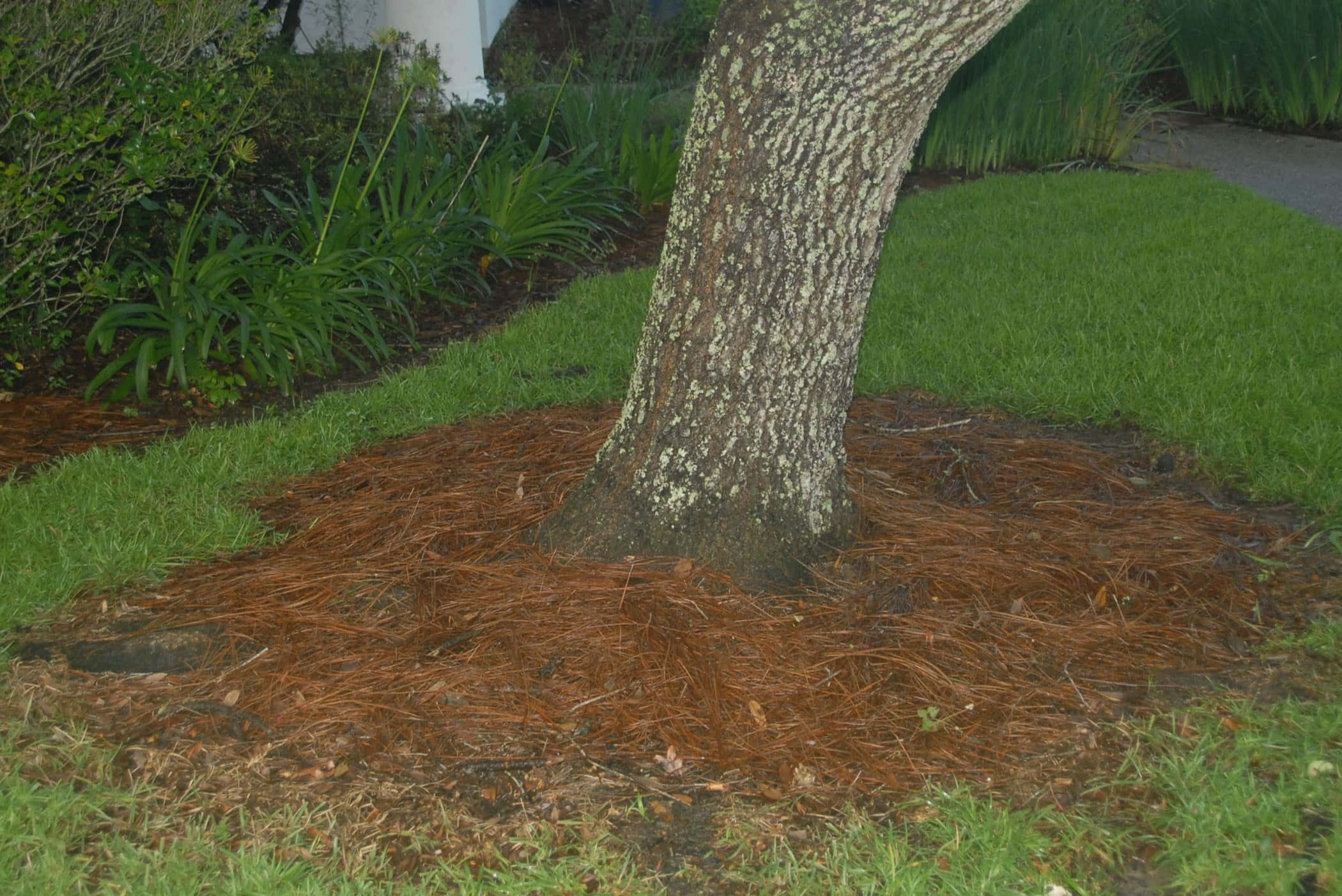
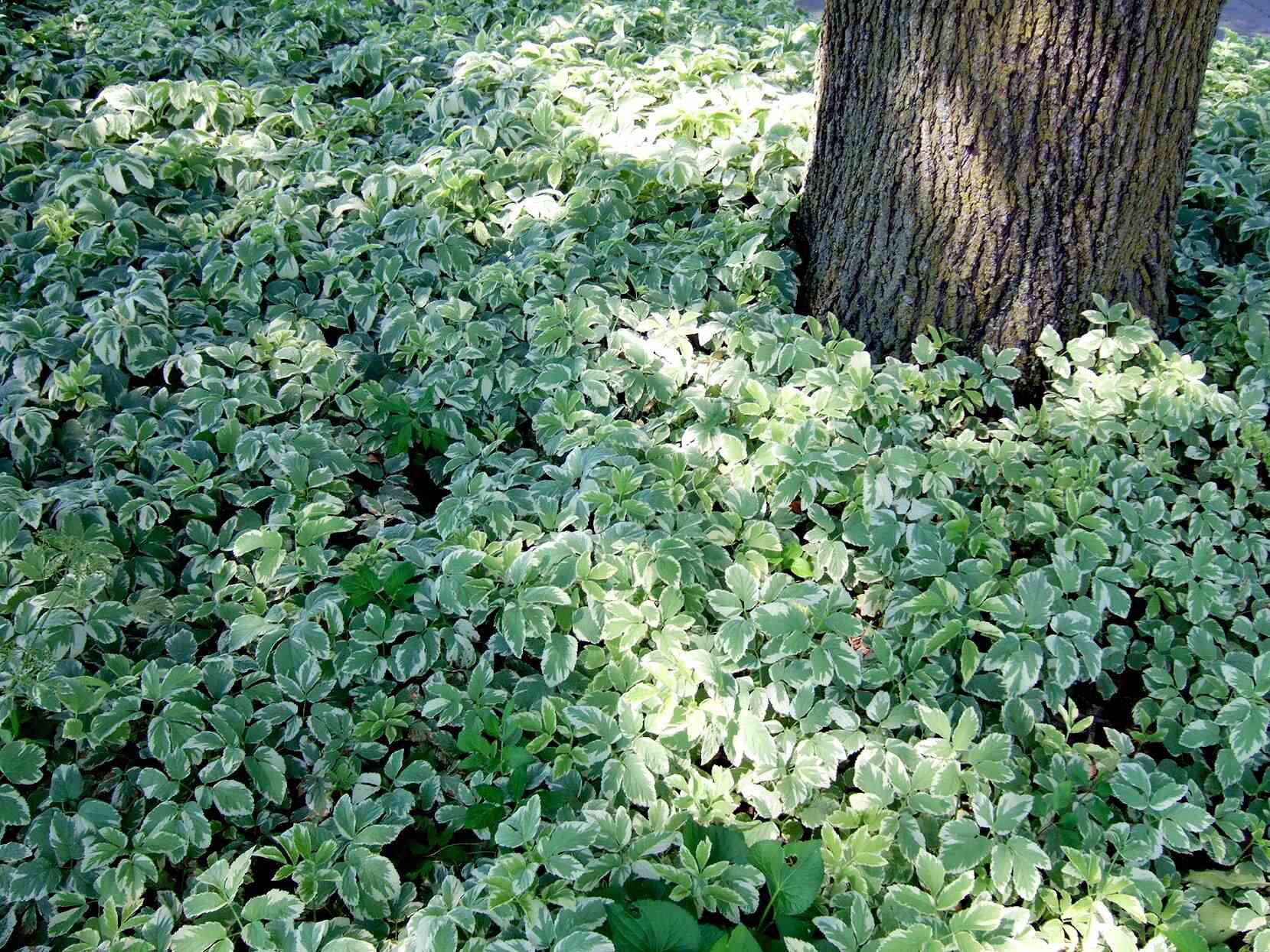
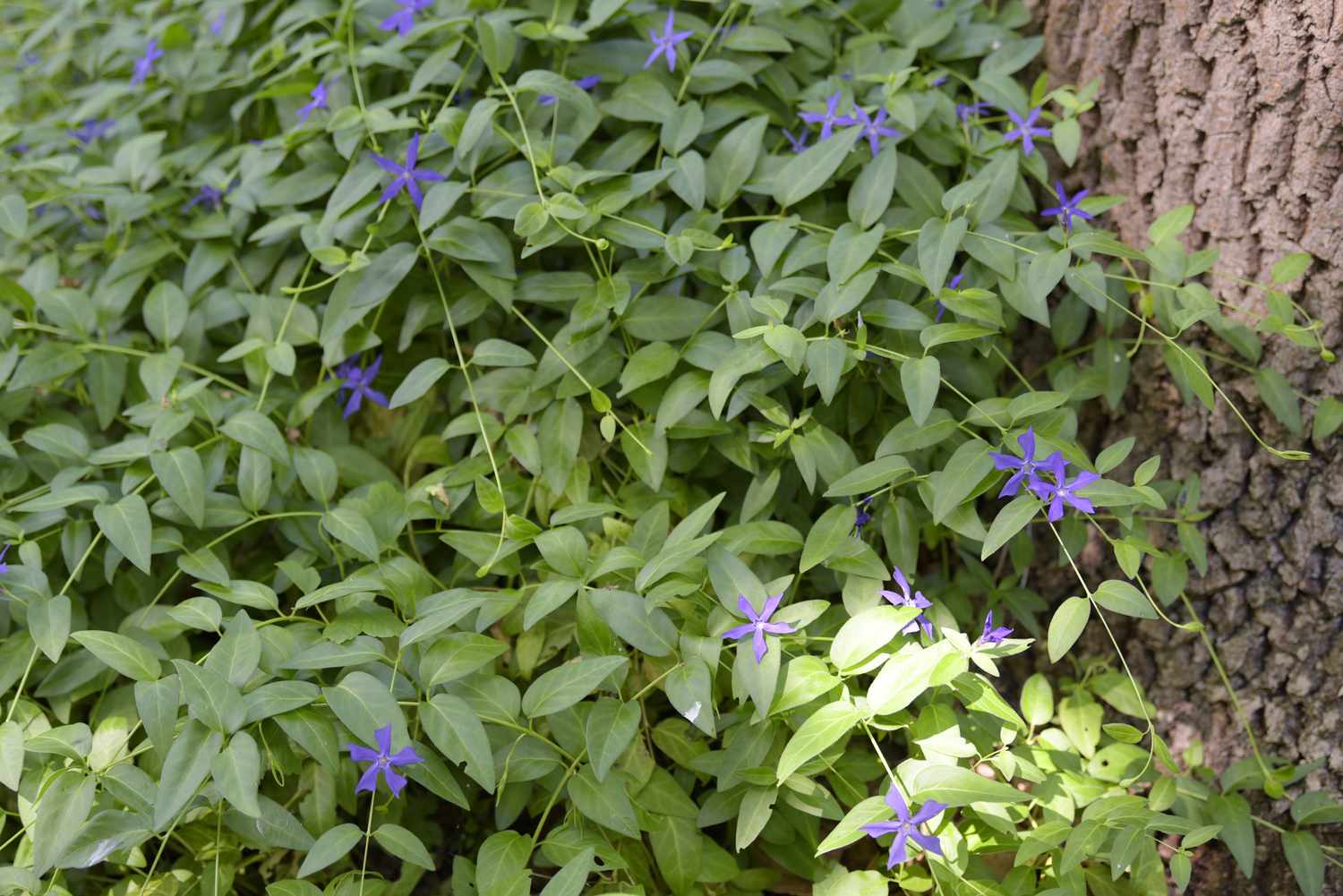
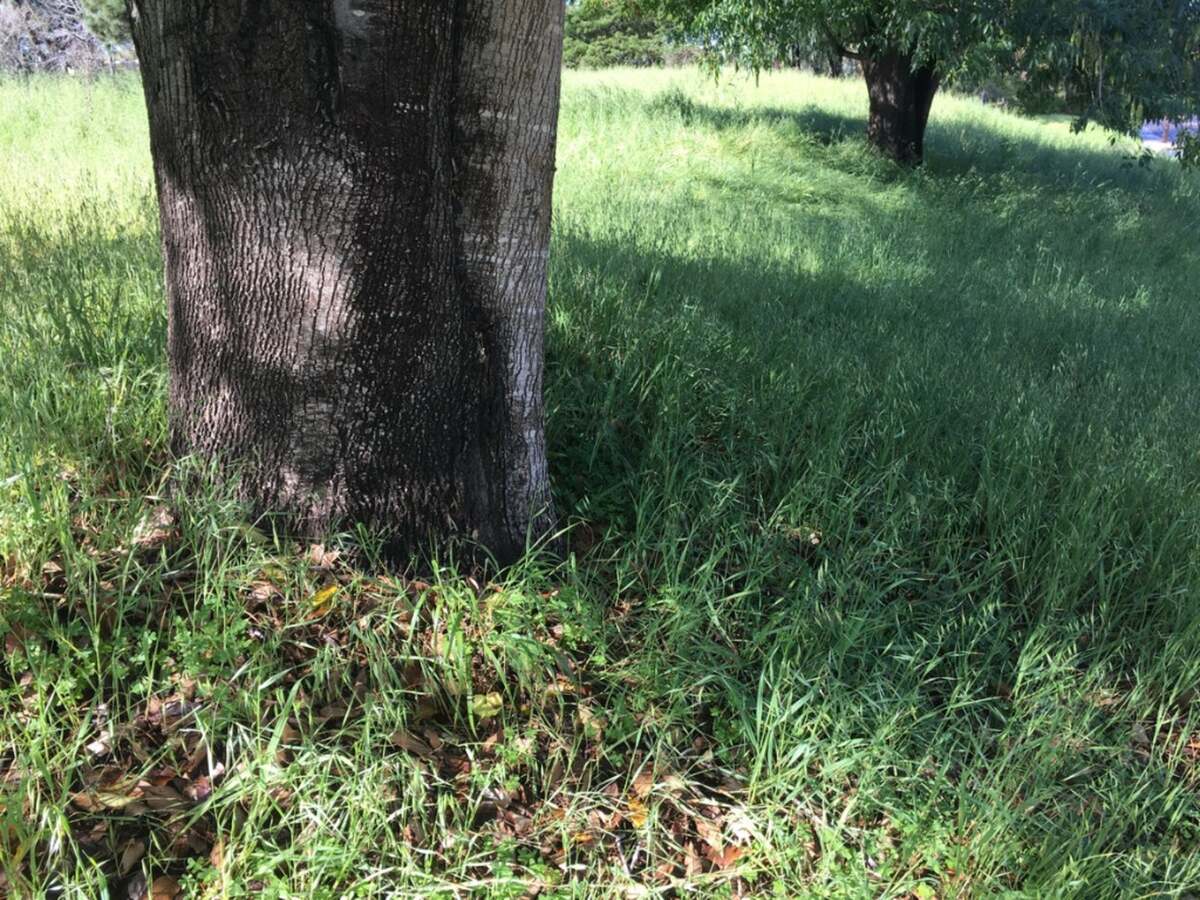
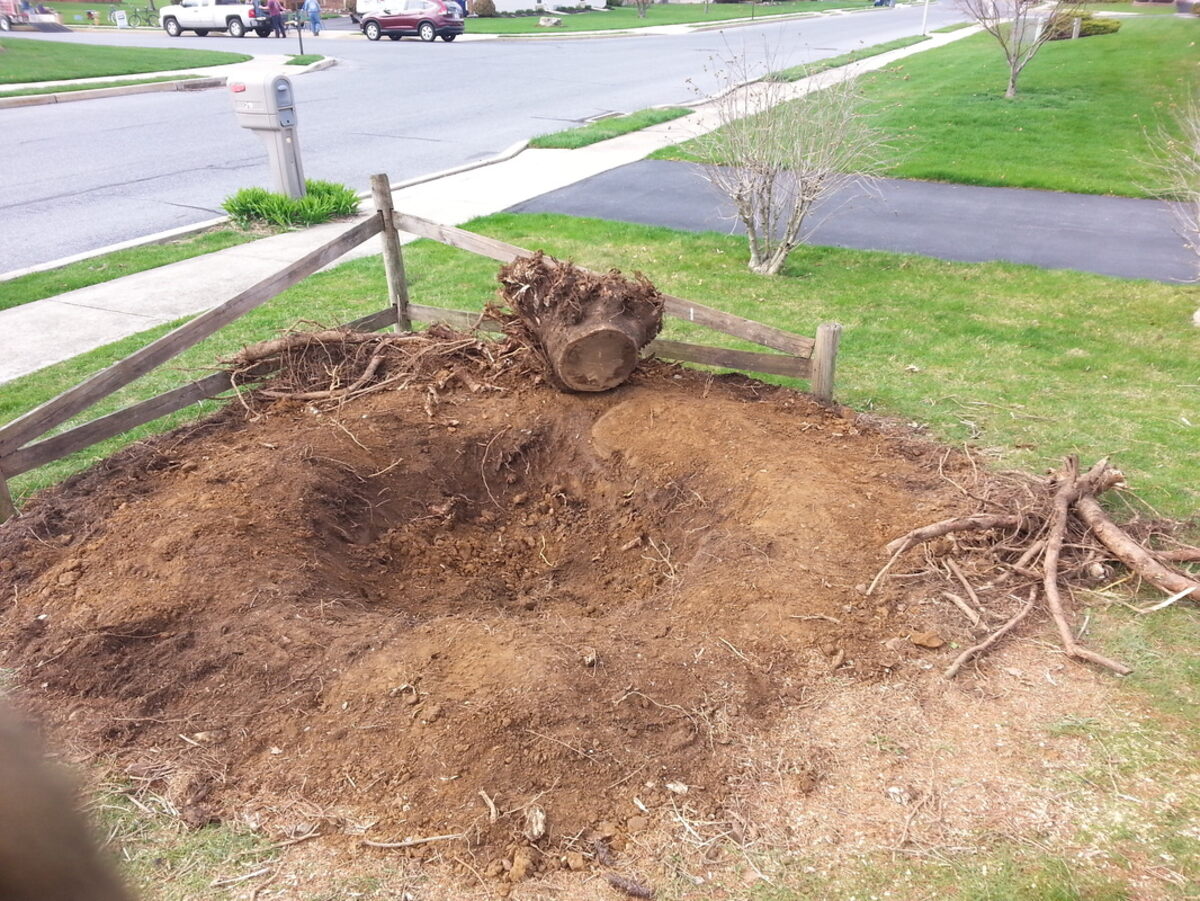
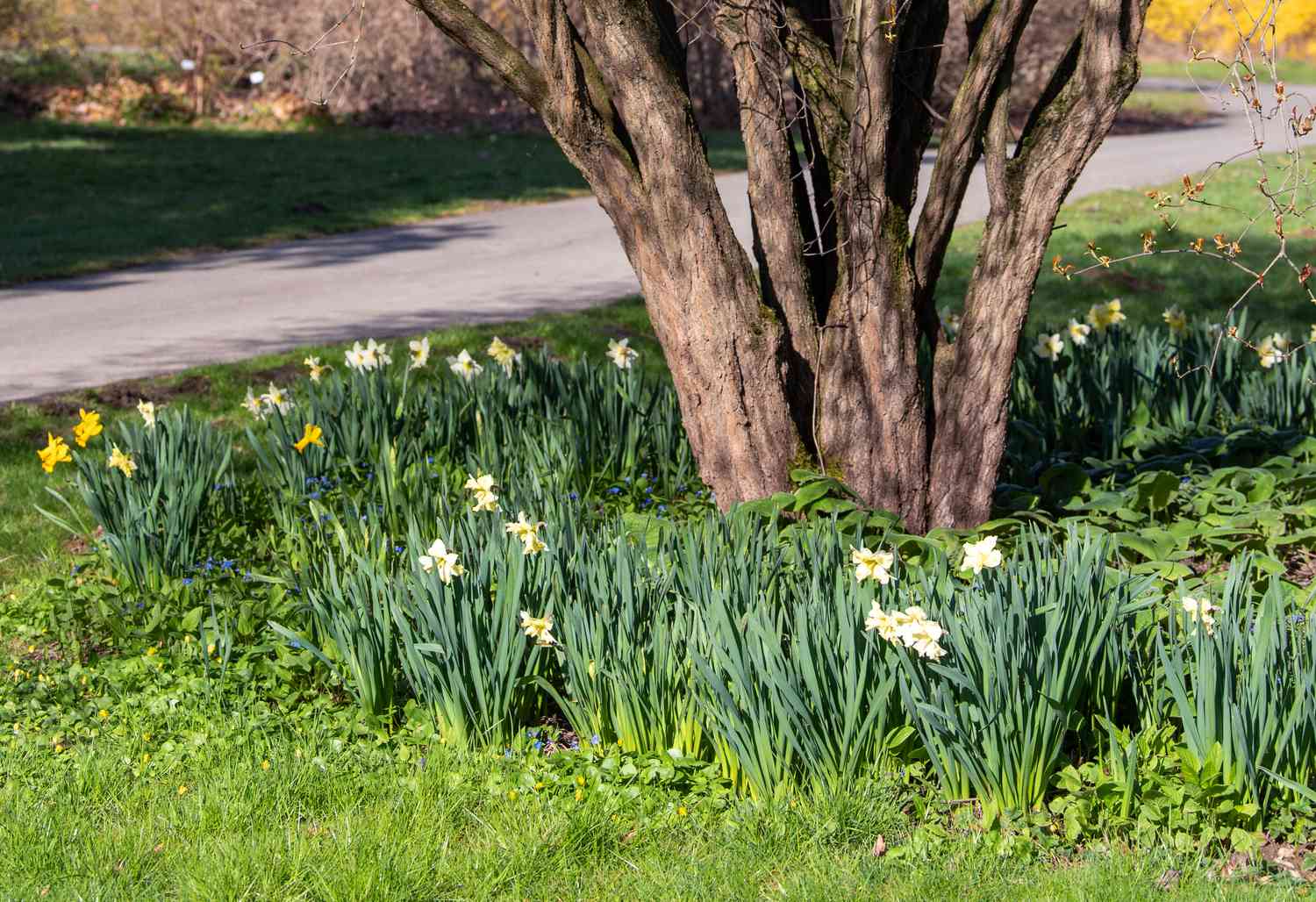
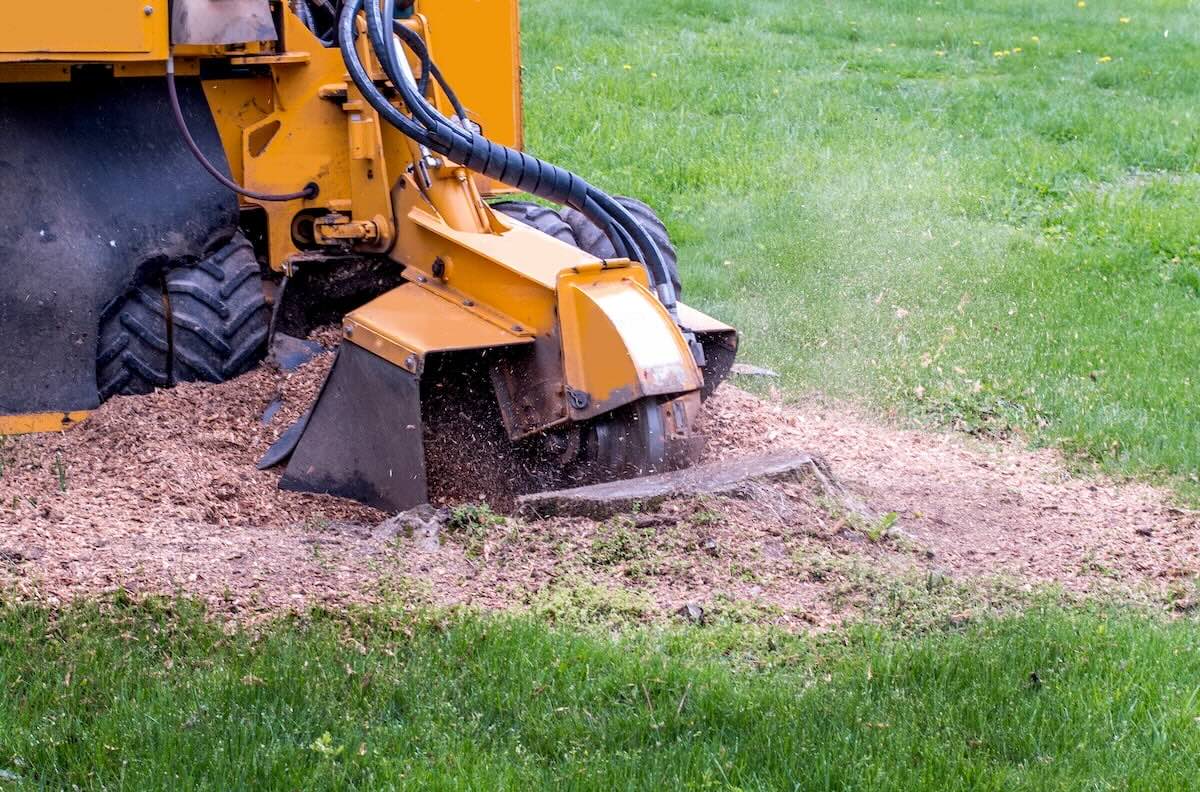
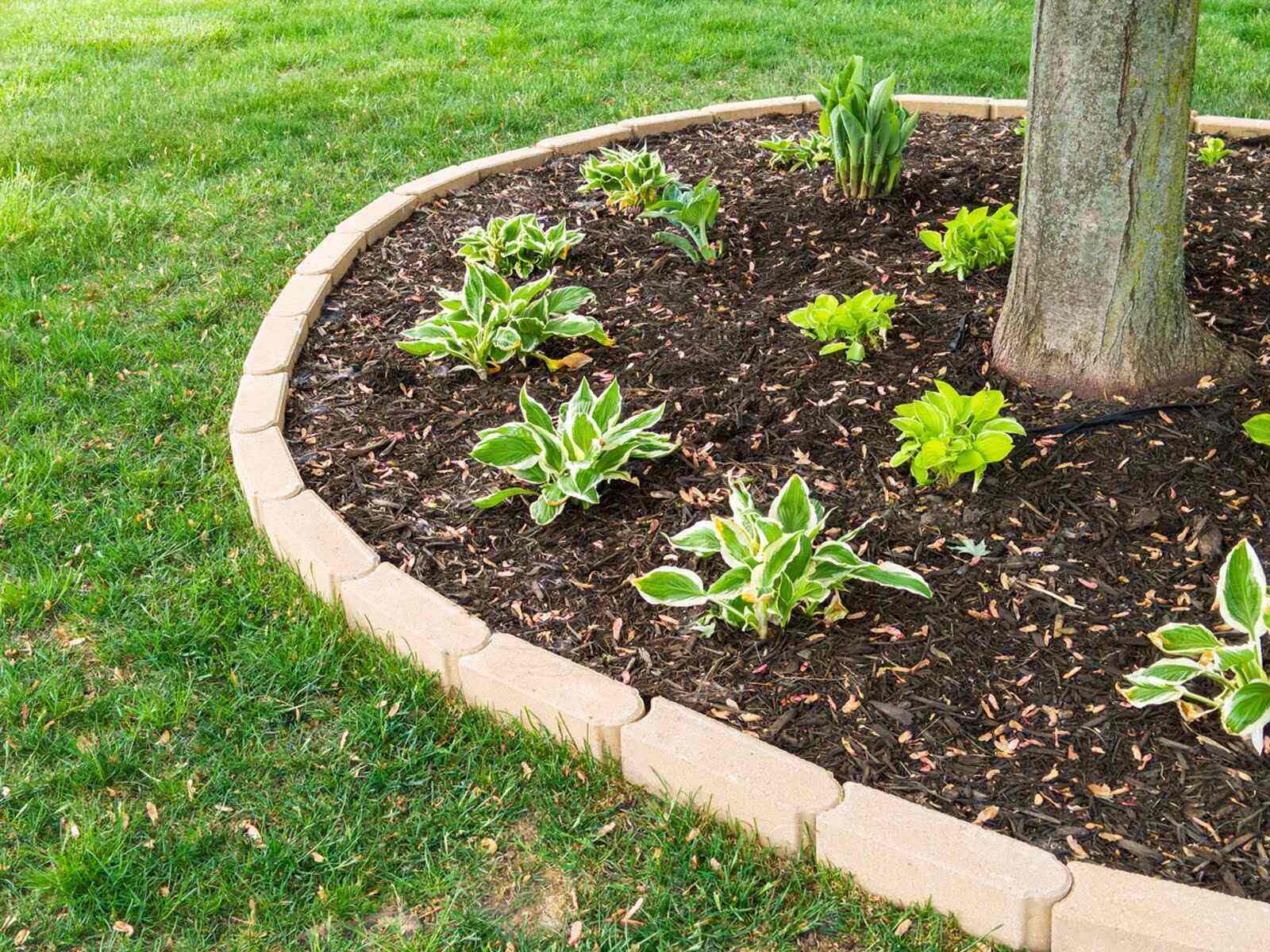
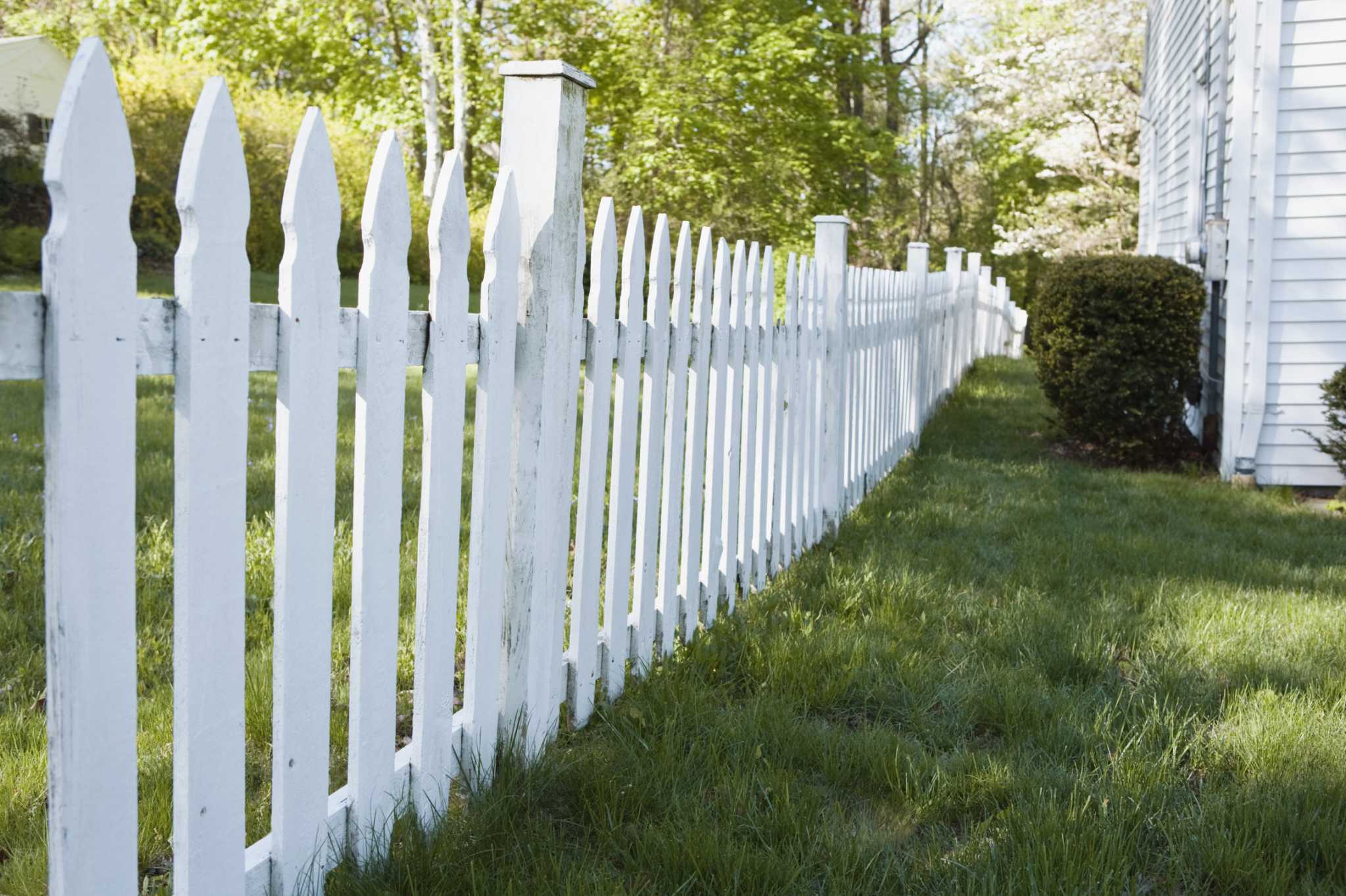
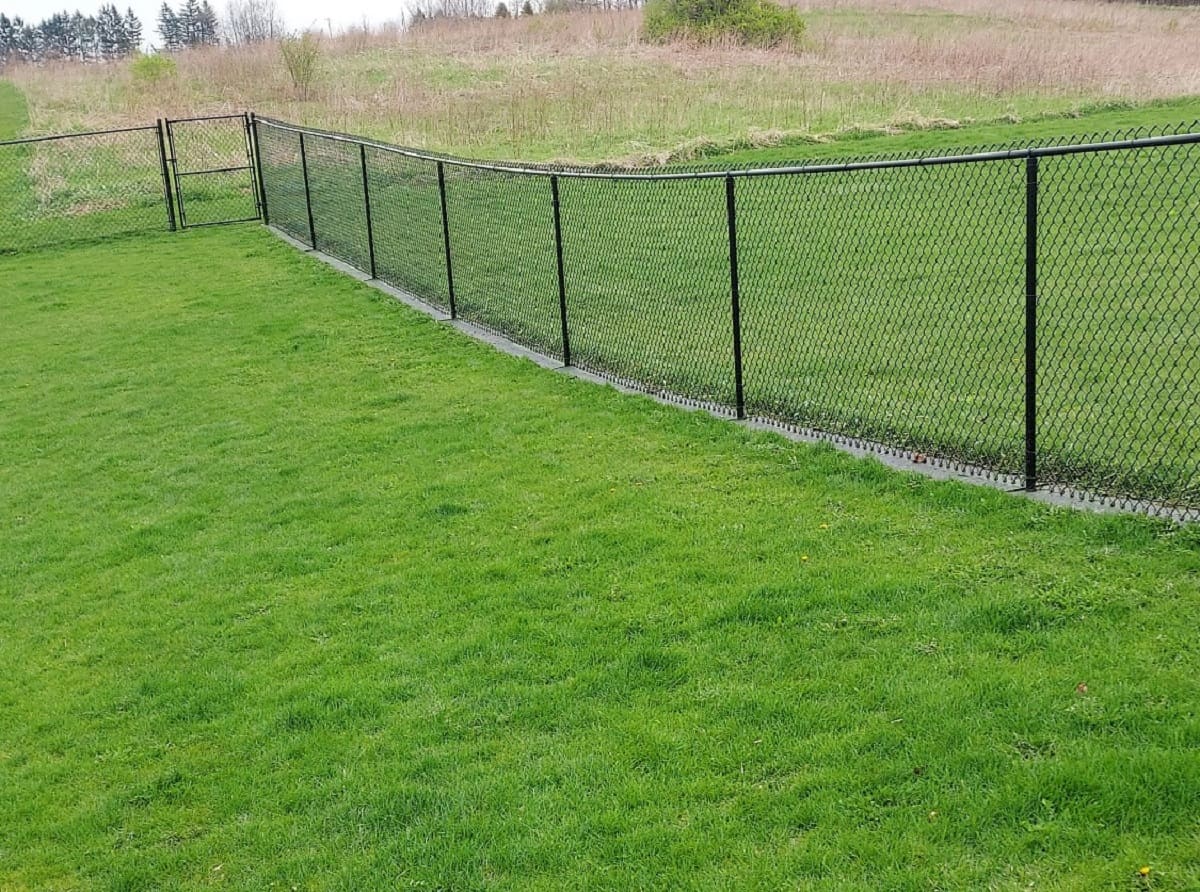
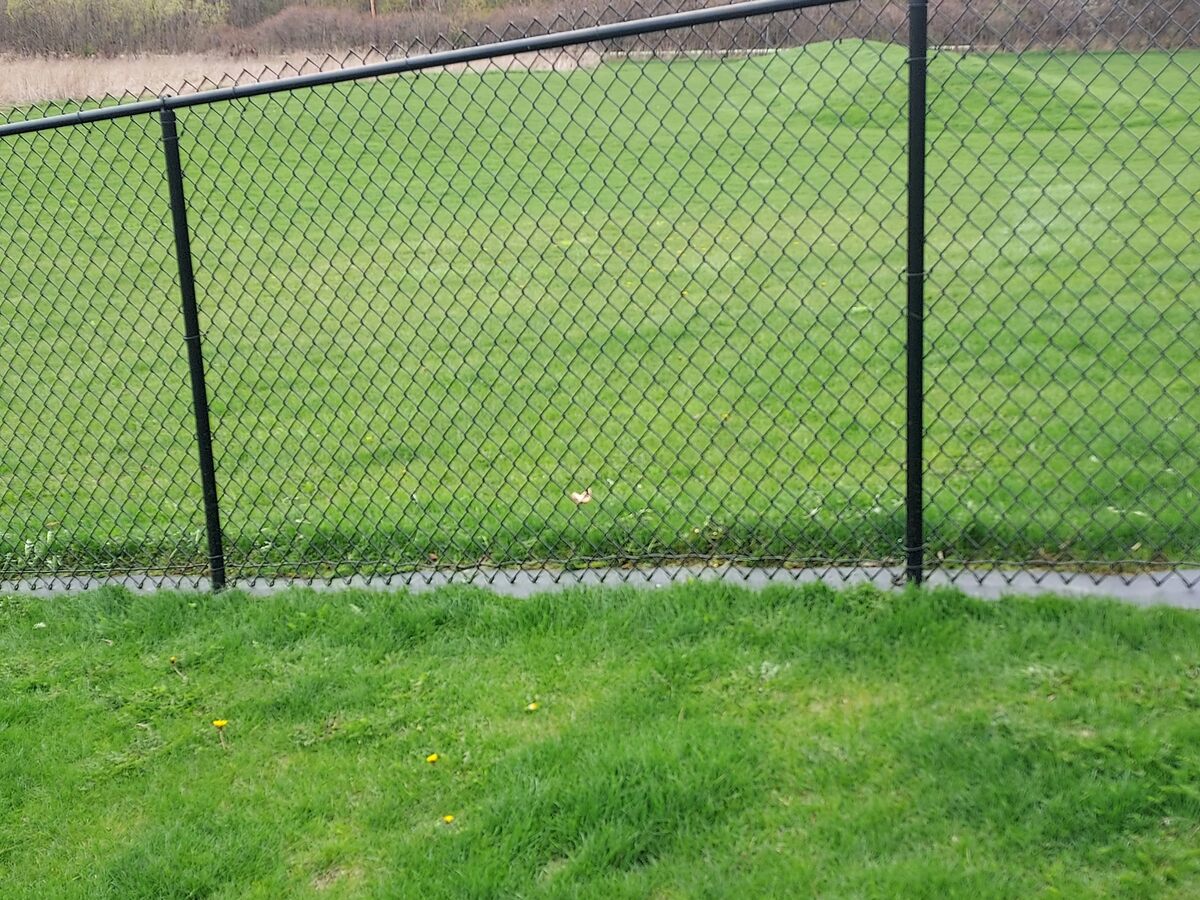
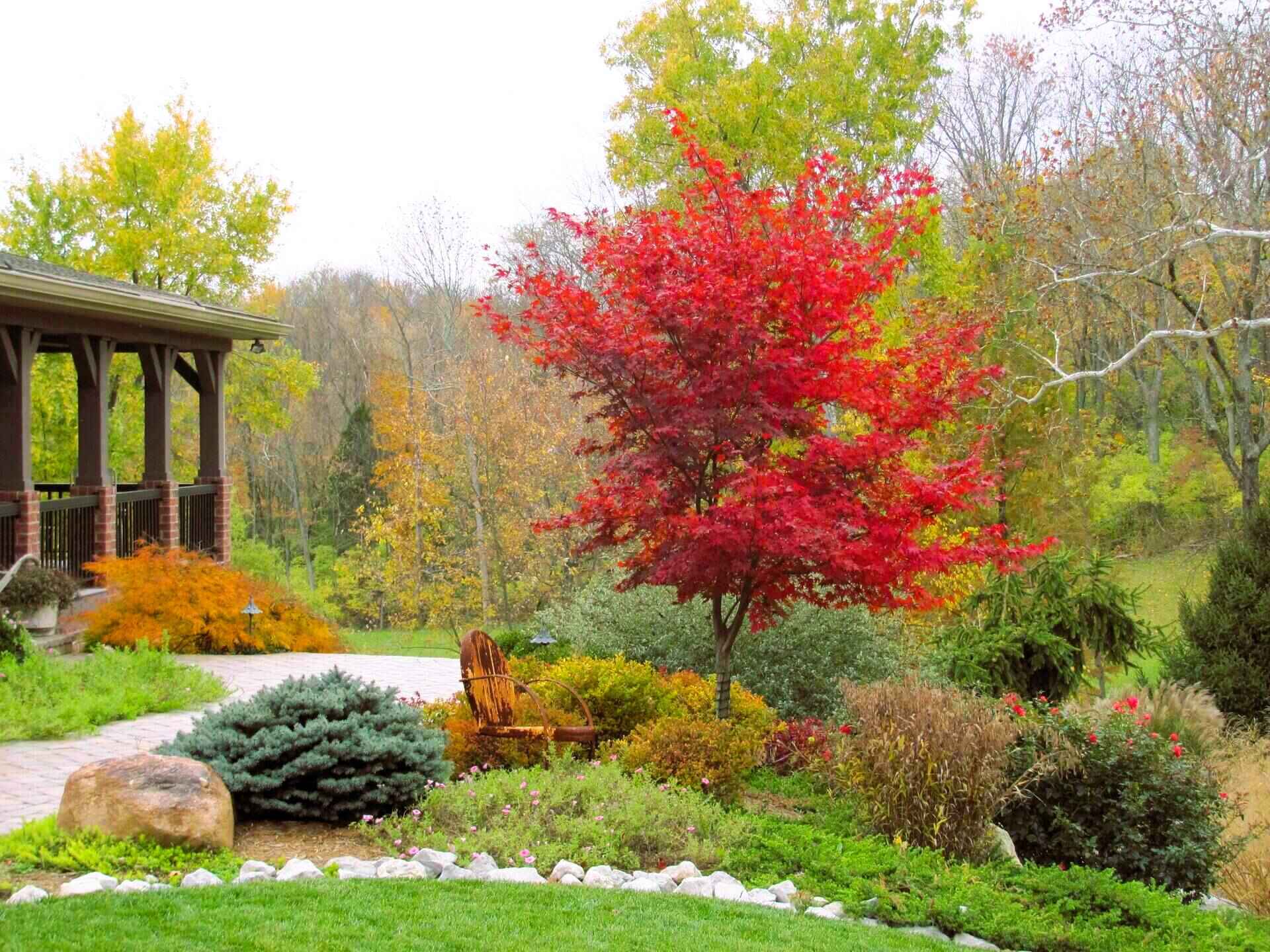



0 thoughts on “How To Grow Grass Under A Tree”